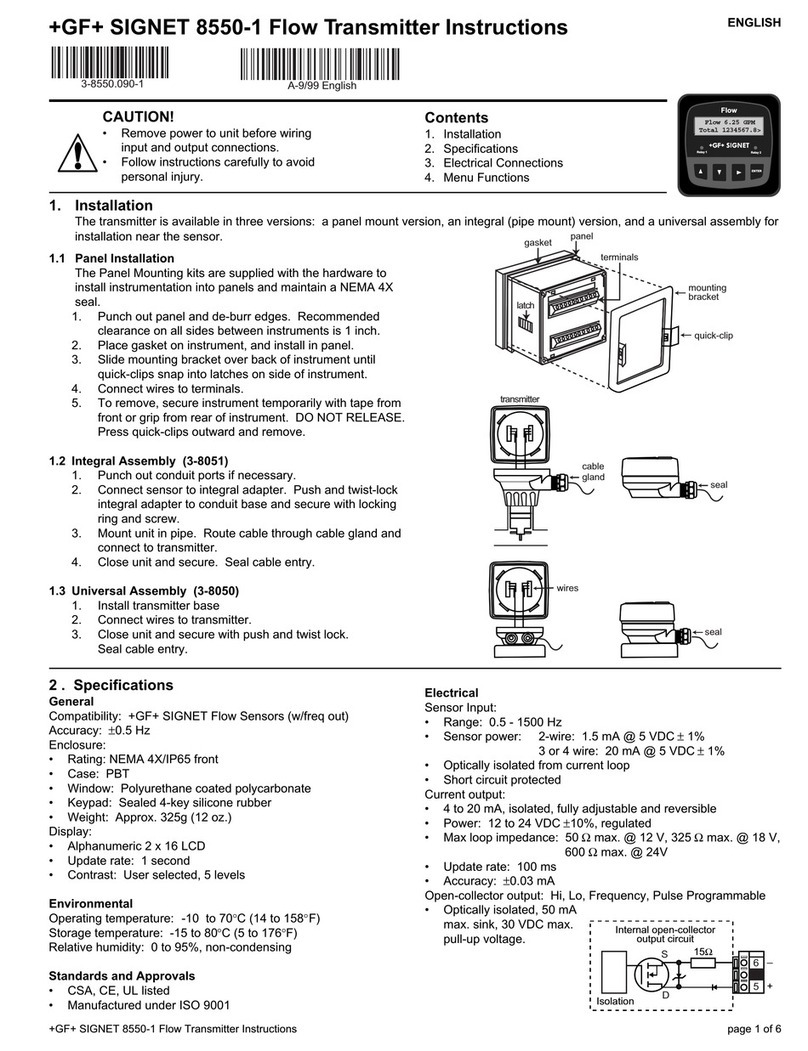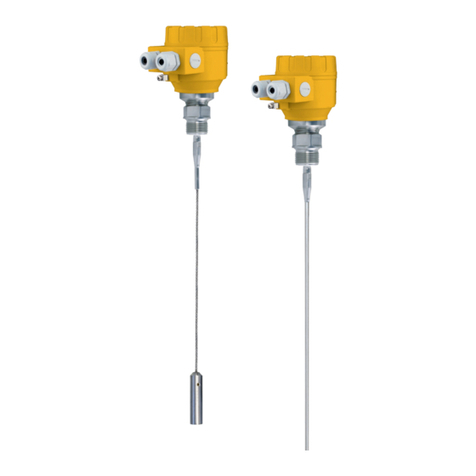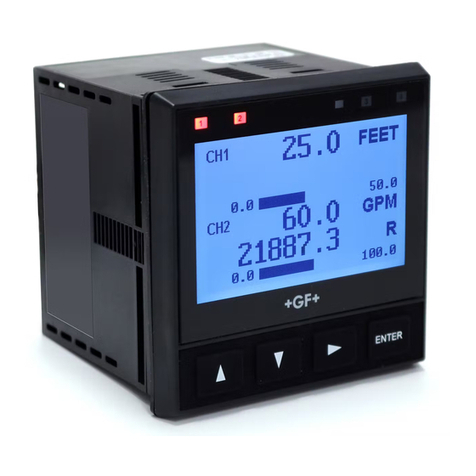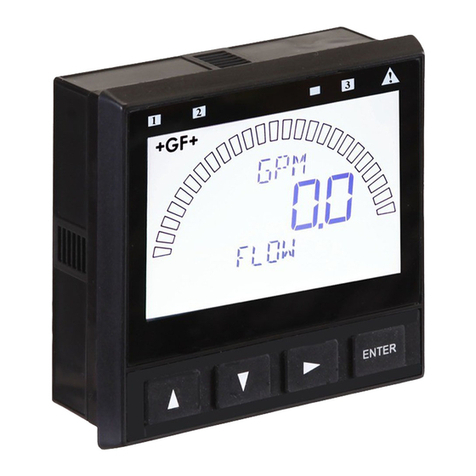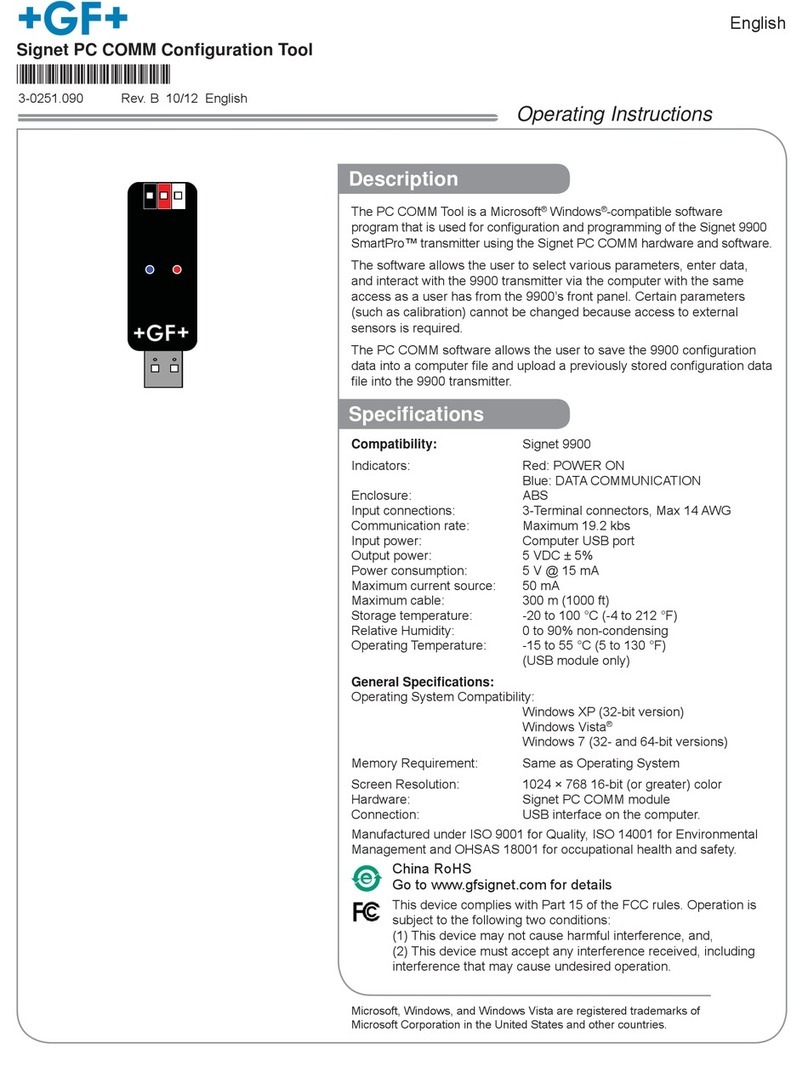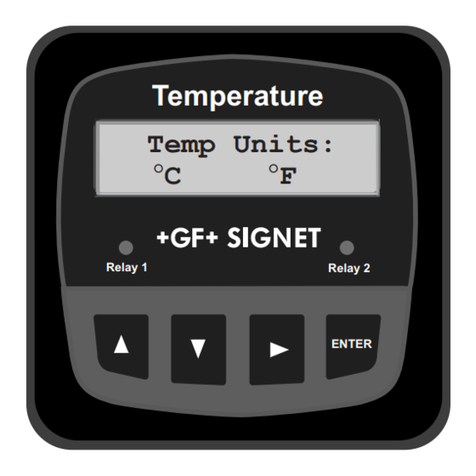
1
Content
1. Safety and responsibility ..............................................................................................................................3
1.1 Intended use ...............................................................................................................................................3
1.2 Safety regulations for the Ex approved units............................................................................................3
2. Transport and storage..................................................................................................................................3
3. Design and function......................................................................................................................................3
3.1 Design .........................................................................................................................................................3
3.2 Function ......................................................................................................................................................4
3.3 Basic concepts and elements of the ultrasonic measurement...............................................................4
3.4 Identification...............................................................................................................................................5
4. Technical Data ..............................................................................................................................................6
4.1 Dimensions.................................................................................................................................................7
4.2 Scope of delivery ........................................................................................................................................7
4.3 Maintenance and repair.............................................................................................................................7
5. Installation ....................................................................................................................................................8
5.1 Liquid Level Measurement ........................................................................................................................8
5.2 Installation and electrical connection.....................................................................................................10
5.2.1 Installation of the (BSP or NPT) threaded models .........................................................................10
5.2.2 Details electrical connection.............................................................................................................11
5.3 Loop current checking.............................................................................................................................12
6. Programming in general............................................................................................................................13
6.1 Programming without display module....................................................................................................13
6.1.1 Procedure of programming ..............................................................................................................14
6.1.2 Teach-in: Minimum level, (empty tank) assignment to 4 mA .........................................................14
6.1.3 Teach-in: Maximum level (full tank) assignment to 20 mA.............................................................14
6.1.4 “Error state” indication by the analogue signal...............................................................................14
6.1.5 Damping time setting ........................................................................................................................15
6.1.6 RESET: Returning to the default.......................................................................................................15
6.1.7 Indication of mistakes (by LEDs) made during programming ........................................................15
6.2 Programming with the Display Module ..................................................................................................16
6.2.1 Display Module...................................................................................................................................16
6.2.2 Steps of the Display Module..............................................................................................................17
6.2.3 Indications of the DISPLAY MODULE and LED Status.....................................................................18
6.2.4 QUICKSET...........................................................................................................................................19
6.2.5 Full parameter access ......................................................................................................................20






